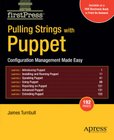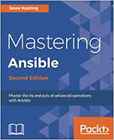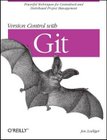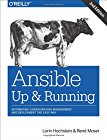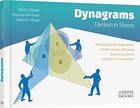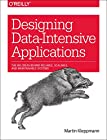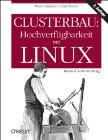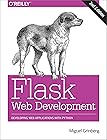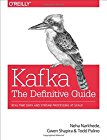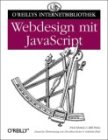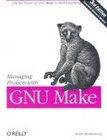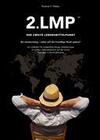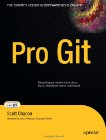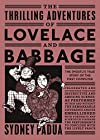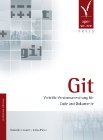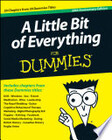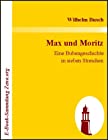
Once, when I picked up a book from the local library, the librarian asked to tell her what I thought about the book when I would bring it back. Well, why not write a few lines about all the books I read so everybody could see what I thought about it? I'm often also happy to have friends recommend a certain book or tell me this and that is not really worth reading. I won't comment about the tons of books I have read so far, but about books I read from now on.
| highly recommended | sehr empfohlen | |
| good reading | gutes lesematerial | |
| average | durchschnittlich | |
| not too interesting | nicht allzu interessant | |
| recommended not to read it | empfehlung das buch nicht zu lesen |














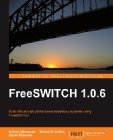



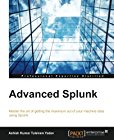










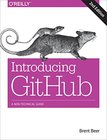
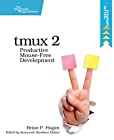















































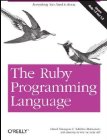

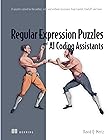






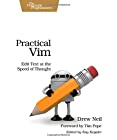






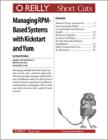



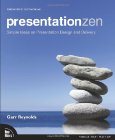

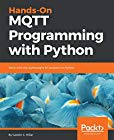






















 |
|
|---|---|
| title | OpenSSL Cookbook |
| author | Ivan Ristić |
| ISBN-10 | |
| ISBN-13 | |
| ASIN | |
| rating | |
| date | 2020-Jan-22 |
This is a small book and definitely does not cover all the ins and outs of openssl. It is not the intention of this book. What this book does, and does pretty well, is to teach the basics a sysadmin might need to know about openssl and SSL/TLS. Chapter 1 contains a nice step-by-step guide if you want to create certificates, say for your webserver, or even for building your own very simple PKI. It also gives recommendations on selecting cipher suites and discusses some performance considerations. Chapter 2 shows how to use openssl to test and verify various SSL/TLS aspects for your servers. Appendix A is equally informative and gives you real recommendations for working out a good the transport layer security concept you might need. It shows which ciphers to use and which to avoid, how to prefer stronger encryption standards for clients which support it, while still allowing older clients to connect and also performance is taken into consideration.
All in all, Ristić offers a very valuable guide for anybody who occasionally has to deal with SSL/TLS certificates. The guide is short enough to easily find what you need and even to read everything in a relatively short time. At the same time it is comprehensive enough to be useful in many situations.
A guide like this would have been helpful way back in the days when I designed a simple PKI for an enterprise. And I can recommend it to anybody who needs to create certificate or certificate sign requests on the command line without any special tools.










